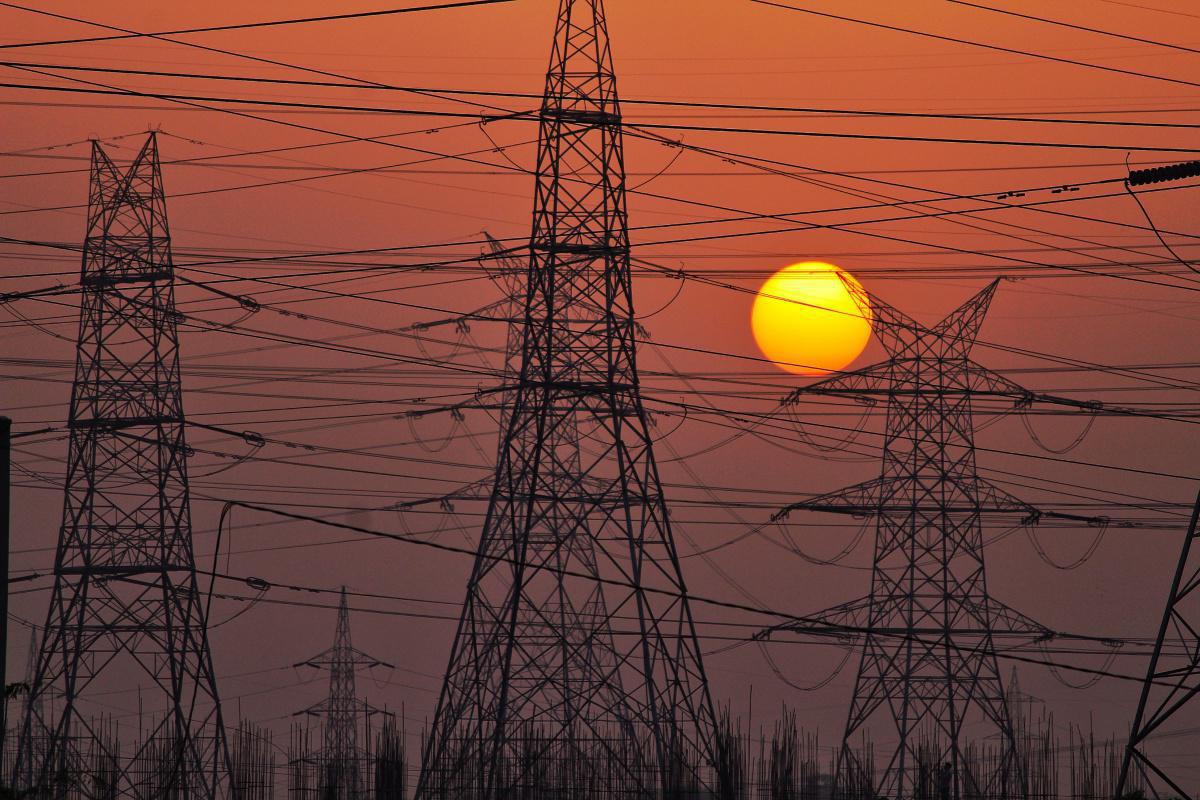How long can your business operate without Eskom grid electricity? Two hours? Two days? Two weeks? More importantly, how long should it be able to operate without electricity? This is one of the most important questions businesses in South Africa should be asking right now, advises Jason Griessel, head of Cushman & Wakefield | BROLL Strategic Risk Services.
Load shedding is implemented to lower the possibility of grid failure by balancing supply and demand to keep it stable. Grid failure is a sudden loss in electricity generation that happens too quickly for any manual intervention to stabilise the grid. Every time we reach a higher level of load shedding, it signals a greater imbalance. When load shedding escalates to higher levels with little to no notice from Eskom, it signifies a sudden and unexpected loss of generation. In 2023, we have seen more load shedding implemented in a way that points towards the possibility of grid failure.
Many organisations have contingencies in place for load shedding. However, grid shutdown is a scenario that has not been previously contemplated to any great extent by many businesses - until now. Several recent announcements have brought this possibility to the fore. Among them, the US Overseas Security Advisory Council (OSAC) advised its stakeholders in South Africa to have contingency plans for power outages. Also, some in the insurance industry advised clients that they will not provide support for losses in the event of a collapse of the electricity grid, whether this is municipal, provincial or national.
“We have been reassured that a total collapse of the power grid remains improbable. Nevertheless, it is a possibility, and businesses should prepare if they can, especially with all signs pointing to any grid failure and reinstatement ultimately being an uninsurable event,” urges Griessel. “At Cushman & Wakefield | BROLL, we have updated our own business continuity contingencies, having already undertaken scenario planning for this possible risk.”
Business continuity planning for load-shedding and grid failure are very different. The first can usually be managed within the business premises, with on-site power, water and other backups for a few hours. In a large-scale outage, the same is required but for a greatly extended period in addition to backups for critical resources beyond this, from telecoms to logistics.
He adds, “There are significant advantages to including grid failure scenarios in business continuity planning. Ultimately for businesses, it costs less money to get prepared now. These contingencies will inevitably prove useful in other emergency situations too. Importantly, companies have a duty of care to their employees to support them during times of crisis, and it should be the policy of every company to be able to manage functionally through a crisis.”
The Cushman & Wakefield | BROLL Strategic Risk Services team has studied events that follow grid failures, including recent incidents in the US and India. They found that restoring an electricity grid elsewhere has taken from three to eight days.


